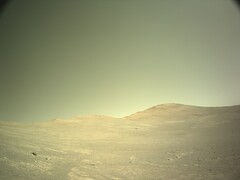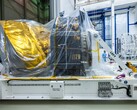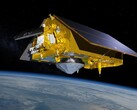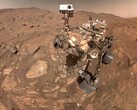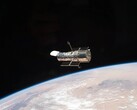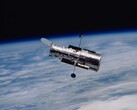Perseverance has continued its exploration beyond the rim of Jezero crater. It recently explored the Soroya ridge and is now exploring a location called Scotiafjellet. This region contains rocks — not any kind of rocks, but ones that scientists think were formed from ancient asteroid impacts.
The terrain is suspected to be megabreccia. Megabreccia is a type of rock formation where many big broken rock fragments are dumped together in a chaotic mix. Some of the large chunks of rock likely originated from the Isidis impact event.
The Isidis impact event is an asteroid strike on Mars that happened billions of years ago. This strike created the Isidis Basin, a crater that measures 1,200 miles (∼1,930 km) in diameter. The size of this basin makes it Mars’ third-largest impact basin.
The Isidis Basin is just east of the Jezero crater. At Jezero, Perseverance has found deltaic and volcanic deposits that represent pieces of early Martian crust. However, if scientists are correct about the rocks at Scotiafjellet, then they have likely found something older than those deltaic and volcanic deposits.
This possible megabreccia at Scotiafjellet could contain materials from deep within Mars’ crust. Studies on these rocks and their composition could further provide information on how much water was present on Mars. If scientists can determine how much water was present, then they can assess the possibility of past life on the planet. Because the more water there was, the greater the chances that the Red Planet could have supported life.




